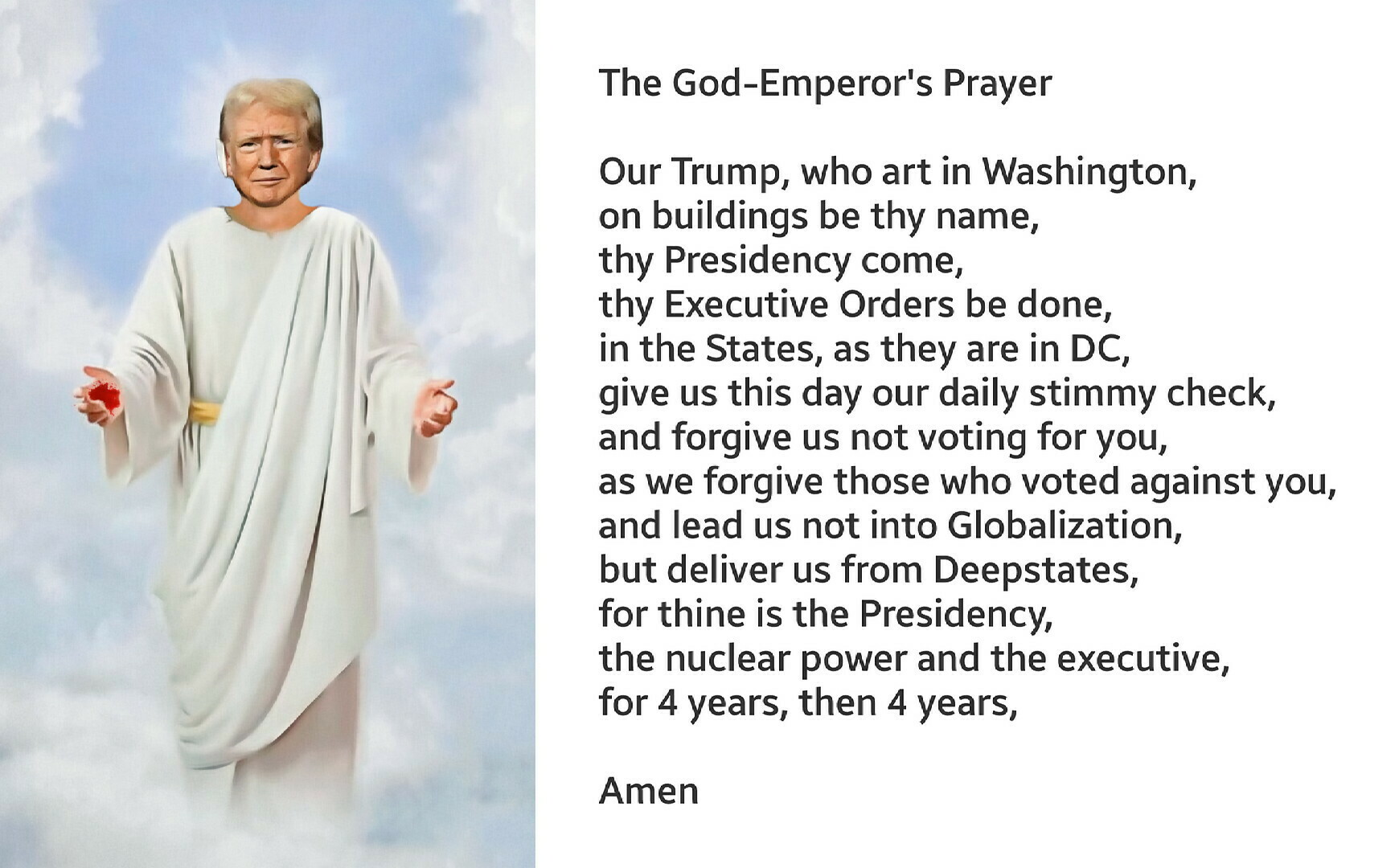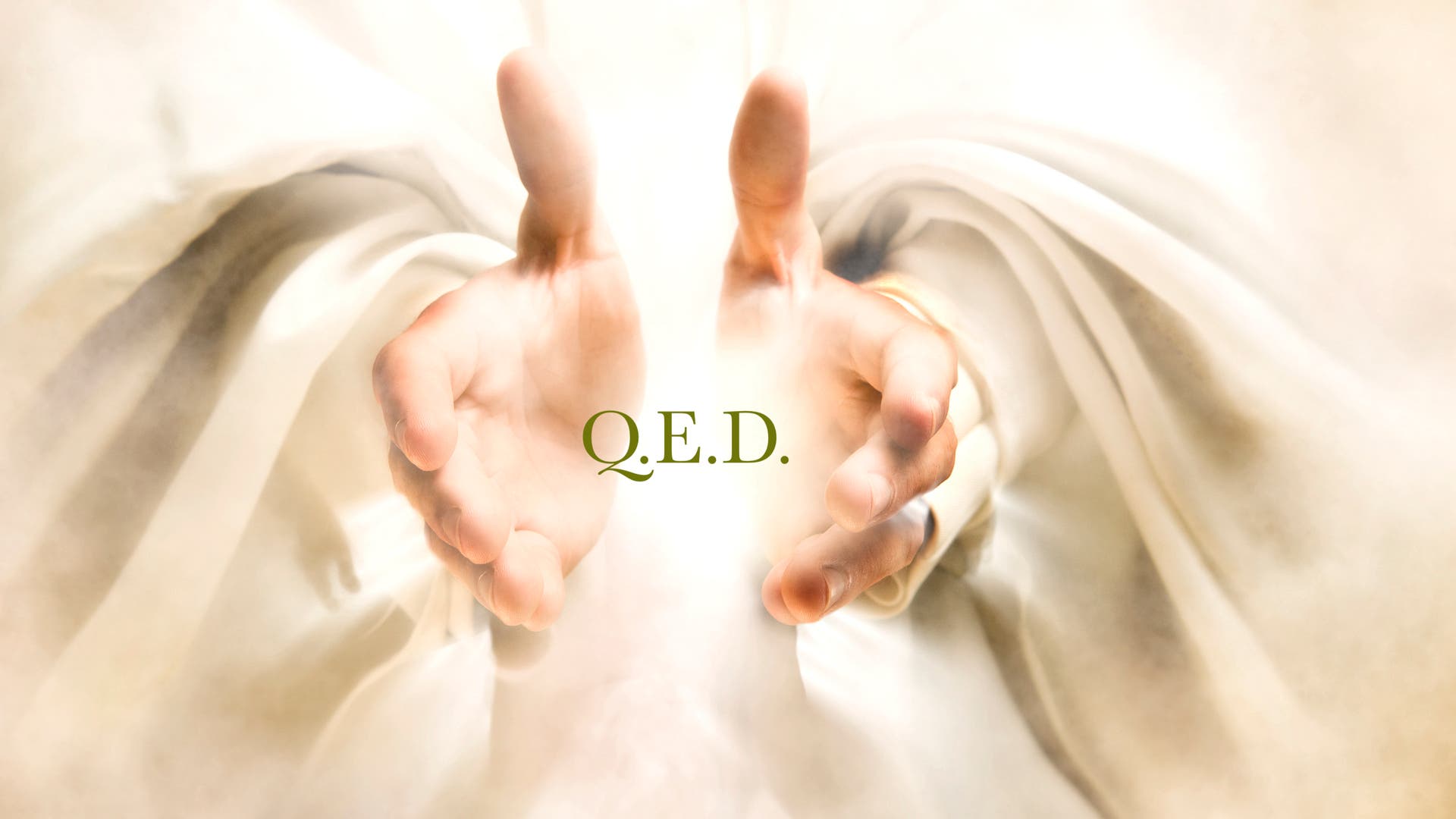1 Comments
#jesus
One person like that
2 Likes
Apocryphal texts bring incredible revelations about #Jesus #religion #Bible ✝️ https://activite-paranormale.net/news/read/19216/apocryphal-texts-bring-incredible-revelations-about-jesus

Jews Mock
#Jesus
Spit On Cross
Say They Will Kill #Christ Again Hate Speech Laws Do Not Apply To Jews
https://old.bitchute.com/video/ftonfz9eHqQN/
One person like that
https://youtube.com/watch?v=B3GjKTtSRrQ
" 4 Feb 2018
A video about the #Sacred #Secretion, #Christ #Oil and the #True #Anointing!
What is the anointing oil? How does it parallel with the #Resurrection of #Jesus? This video highlights the #inner #biochemical #process or #alchemy of #enlightenment.
If #humanity all realised their inner alchemy, we could create #HEAVEN ON #EARTH!
The Sacred Secretion or Christ Oil has been known throughout different cultures as Kundalini energy and Activation, #Merkabah Ascension, the Great Regeneration, the 3-Fold Enlightenment etc.
This process includes the #birth of the monthly "Jesus seed" or "Christ Lunar Germ" born in the #solar-plexus every month when the moon is in your sun sign. This is the timing of the Sacred Secretion."
its happening all the time to everyone and it can not be stopped !
One person like that
https://www.youtube.com/watch?v=FeB_Mr8juUM
#MIND-BLOWING! The VATICAN’S SUPPRESSION of #JESUS’ FORBIDDEN #Teachings REVEALED! | #RJ-Spina
In today's episode, we dive into the profound insights of RJ Spina, a returning guest whose journey from paralysis to self-healing is nothing short of miraculous. RJ Spina is not just a healer; he’s a spiritual teacher with a deep understanding of metaphysics and the true nature of consciousness. Our conversation covers the mysteries of the universe, the true teachings of Jesus, and what the future holds for humanity.
Imagine a world where the traditional narratives we’ve been taught about our history and spirituality are just the tip of the iceberg. RJ Spina begins by unraveling one of the most captivating revelations: there weren’t just 12 disciples, but 24, half of whom were women. This powerful statement challenges the conventional portrayal of Mary Magdalene, whom RJ describes as being from the same Higher Self as Christ—equally evolved, powerful, and gifted. This insight reframes the story of Jesus and Mary, presenting them not just as historical figures but as deeply connected spiritual beings.
As we venture further into the discussion, RJ shares his thoughts on the future of humanity. He suggests that the next six years will be the wildest ride humanity has ever had, with more truths being exposed and lies being unraveled. This period, according to RJ, will be a time of intense revelation and transformation. The idea that we are on the brink of such significant change is both thrilling and daunting, but RJ emphasizes that this is a necessary step for our collective awakening.
Please enjoy my conversation with RJ Spina.
Timecodes:
0:00 - Episode Teaser
00:28 - What's happening in the next six years?
02:04 - What’s RJ Spina's new book about?
03:14 - What’s the difference between #vibration and #frequency?
06:37 - How do frequencies affect us?
07:47 - How do we connect with higher frequencies?
09:29 - How does meditation raise our frequency?
13:14 - What happens in a near-death experience?
17:08 - What is #enlightenment?
20:22 - Are we moving into the fourth frequency?
24:45 - How does parallel existence affect us?
28:03 - What did Jesus do during the missing years?
31:58 - Did Jesus survive the crucifixion?
36:08 - Who is Mahavatar #Babaji?
38:18 - What are the 12 Gods?
43:17 - How do Ascended Masters influence us?
50:00 - Was Mary Magdalene Jesus’s wife?
54:21 - What happened to Jesus and Mary after the crucifixion?
58:12 - Was the crucifixion an illusion?
1:02:32 - Why is the crucifixion important in Christianity?
1:03:59 - What are astral entities?
1:08:51 - #How do astral entities attach to #humans?
Ist die Auferstehung Christi ein Wunder oder könnte ein wohlplatzierter Lanzenstich den am Kreuz hängenden Jesus gerettet und somit für seine Wiederkehr gesorgt haben? 🎙️#Religion #Christentum #JesusChristus #Gesundheit #Medizin #Auferstehung #Wunder #Lanzenstich #Jesus #MaximilianLedochowski #Krankheiten #psychiatrischeErkrankungen #Hörgang #Kultur #Biologie
Hörgang: Die Wunder der Bibel medizinisch erklärt - Episode eins
8 Likes
4 Comments
Billy Carson: "36,000 YEAR OLD SECRET mistranslated by accident on purpose"
https://www.youtube.com/watch?v=97i9IrVJ8Fw
#BibleStudy #BillyCarson #JordanMaxwell
#AncientText #Cuneiform #UCLA #StoneTablets
#UCLACDLICuneiformDigitalLibrary #CDLI
#God #Gods #Elohim #YHWH #Enlil
#SumerianCuneiform #Sumerian
#Cambridge #TheBritishMuseum
#GeneticEngineering #War #Slavery
#6000 #Creation #Myth #DisasterCycle
#EnumaElish #Earth #Sol #SolarSystem
#TheBookOfEnoch #TheEgyptianBible
#FromHeavenToEarth #Enoch #Ball #TheWorldIsRound
#Deuteronomy #Maya #Orion #Thoth #Marduk #AmunRa
#Almex #Teotihuacan #Egypt #Egyptology
#Tablets #EmeraldTablets #Information #StatusQuo
#chromosomes #telomeres #120 #Lifespan #confusion
#WeCanAllBePolymathsInMakingNotSlavesInTraining
#History #Generation #Generations
#lessthan #100 #control #morethan #8000000000
#Religion #Collapse #Truth #Awakening
#Jesus #Contradiction #WWJD #MTFGA
#Bible
#Mistranslation
#NeedToKnow #PastIsPrologue
One person like that
https://www.youtube.com/watch?v=9EdHTH-srCU
#gregg-braden
#GreggBraden – #Jesus of #Nazareth, #Healing, and the Power of #Compassion
#Olympics #Bans Christian Symbols Despite its Own ‘Last Supper’ Parody
Olympic athletes are facing a ban on Christian symbols at the Olympics despite the opening ceremony featuring an obvious parody of a Christian symbol, Leonardo da Vinci’s Last Supper.
On Wednesday, the International Olympic Committee (IOC) forced the Brazilian surfer João Chianca to remove an image of #Christ the Redeemer from his surfboard.
“The painting is not authorized in the Olympic Games because Christ is a religious figure,” the athlete posted on social media, though the post was removed shortly afterward. “The Games have strict rules and focus on total neutrality.”
Article 50 of the Olympic Charter states that “no type of political, religious or racial demonstration or propaganda is permitted in any Olympic venue.”
Although the surfer did not keep the post up for long, it elicited indignant responses from his many followers in a short time.
Another Brazilian athlete, Rayssa Leal, used sign language to quote a Bible verse and avoid being called out for breaking Article 50 when she won bronze in the ladies street skateboarding event last Sunday. She made history in the 2021 games in Tokyo when she became the youngest Olympic medalist at age 13. She took bronze in the same event at this year’s games.
Shortly before her performance she turned to the television cameras and said, in sign language, a verse from the Gospel of Saint John: “ #Jesus is the way, the truth, and the life.”
No one knew what to make of her hand movements at first, until someone published on social media a translation and the post went viral.
One person like that
1 Comments
5 Likes
15 Comments
2 Shares
Jesus: ‘The Sabbath was made for man, and not man for the Sabbath.”
https://notesandsilence.com/2024/06/01/sabbath-for-man-threshold/
#zen #meditation #prayer #jesus #silence #spirituality
2 Likes
5 Comments
4 Likes
1 Shares
October 3, 1847 - #Miracle of Ocotlán - The day #Jesus #Christ appeared in the sky of #Mexico #marialapparition https://activite-paranormale.net/event/read/283/the-miracle-of-ocotlan
Luke 7:1-10 ESV - Jesus Heals a Centurion's Servant - Bible Gateway
Now a centurion had a servant[a] who was sick and at the point of death, who was highly valued by him.
https://www.biblegateway.com/passage/?search=Luke%207%3A1-10&version=ESV
2 Likes
5 Comments

All praise the anointed God-Emperor!
#godemperortrump #trump2024 #trump #assassinationattempt #anointedone #rightear #stigmata #thelordsprayer #usa #thegodemperorsprayer #godemperor #meme #memes #jesus #donaldchrist
4 Likes
4 Comments











